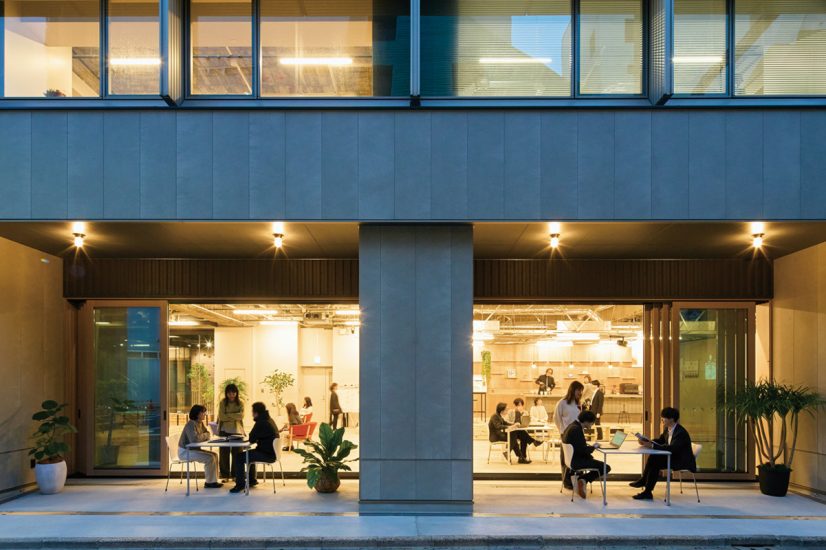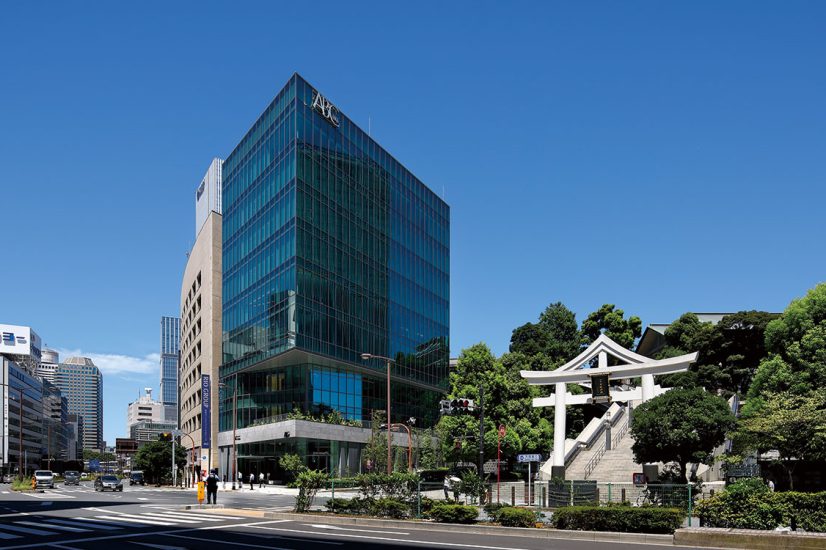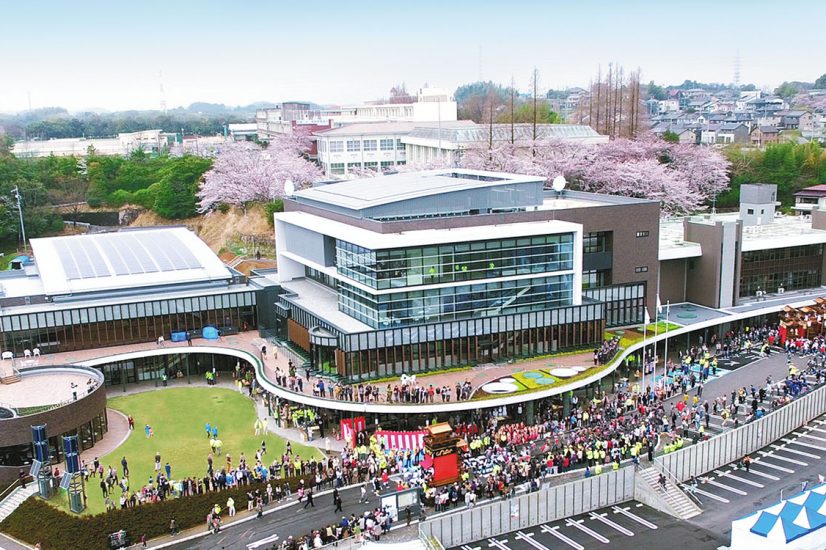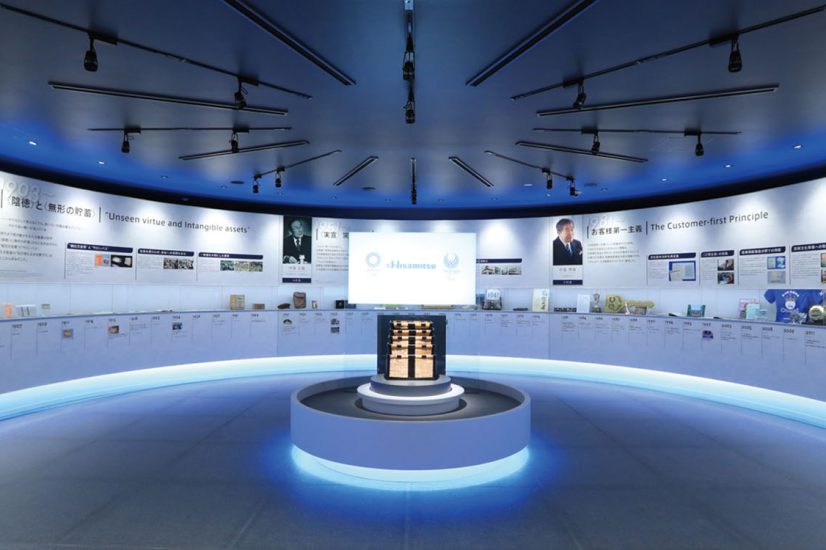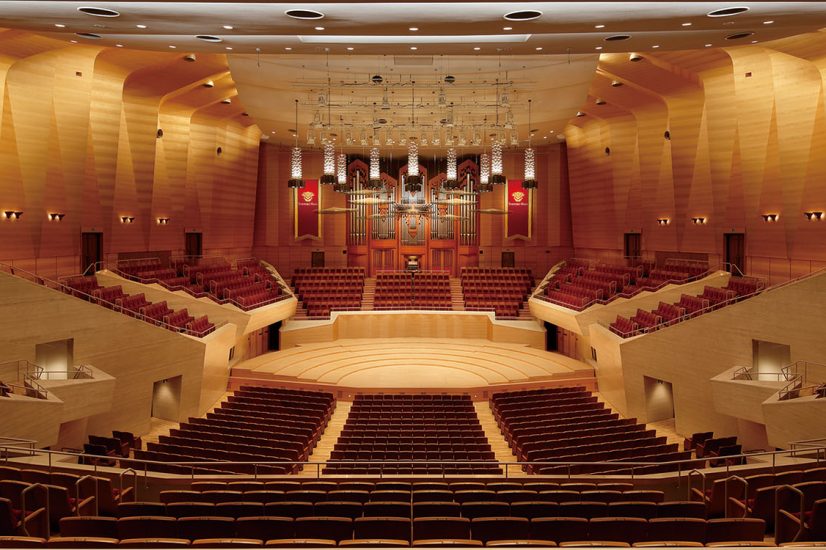Yasui Architects & Engineers, Inc.
Yasui Architects & Engineers, Inc.
A “new Tsukishima ,” corresponding to a long and layered history
CAPITAL GATE PLACE
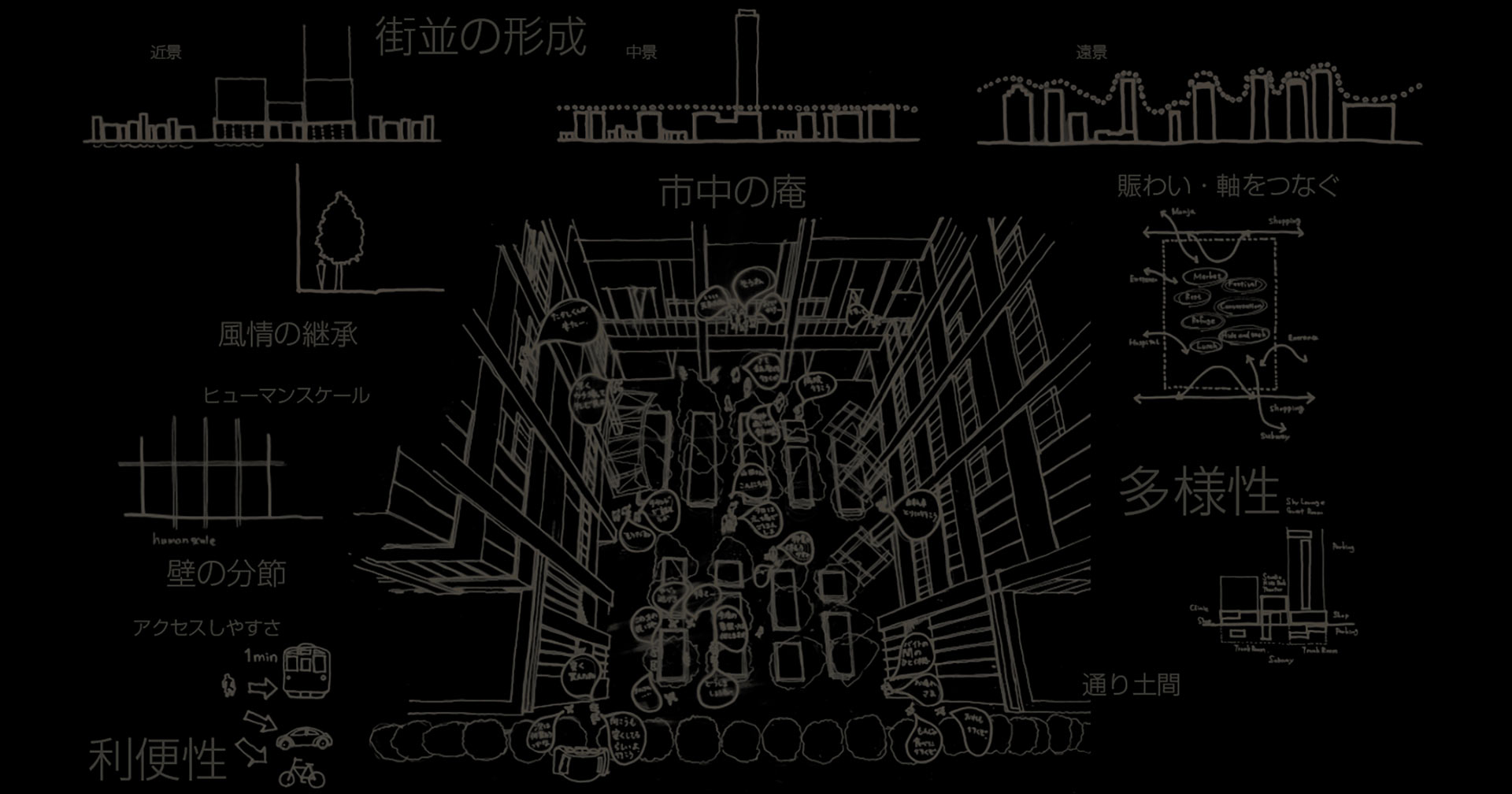
A redevelopment project proceeded with the consent of all concerned parties.
The project goals were shared among the team that went beyond corporate boundaries.
Situated a little less than three kilometers away from Japan’s foremost bustling shopping district, Ginza, and a stone’s throw away from Sumida River , Tsukishima in Chuo City provides a spaciousness that is only possible along a river. On the other hand, just one street next to the main highway lies a dense concentration of old timber houses saved from the destruction of the Great Tokyo Air Raid , with traces of the Showa Era preserved in the district’s townscape. CAPITAL GATE PLACE finished construction in July 2015 in this popular area of Tokyo, experiencing redevelopment due to the government encouraging living closer to work.
In 2005, following a three-year survey period, an urban redevelopment preparatory cooperative was formed to proceed with the “Tsukishima 1-chome Section 3, 4, 5 Type 1 Urban Redevelopment Project.” Urban Design Department Satoshi Yamamoto and Planning Department Kenichi Suenaga participated as urban planning professionals from the onset of this large-scale redevelopment project involving 250 beneficiaries (including 150 lease owners) with a site area of almost a hectare. They recall their experience: “While conditions for a redevelopment project may vary, it is said that it takes up to 20 years from planning to completion when a significant number of beneficiaries are involved. We think that Tsukishima, completed in only 13 years, is an excellent example of success. The initial framework for a redevelopment project is critical as all relevant parties basically have to reach a consensus about the process, and in this case, after the framework was set, we were able to advance with the project as a team that went beyond corporate boundaries, sharing the mutual will to make a good building.”
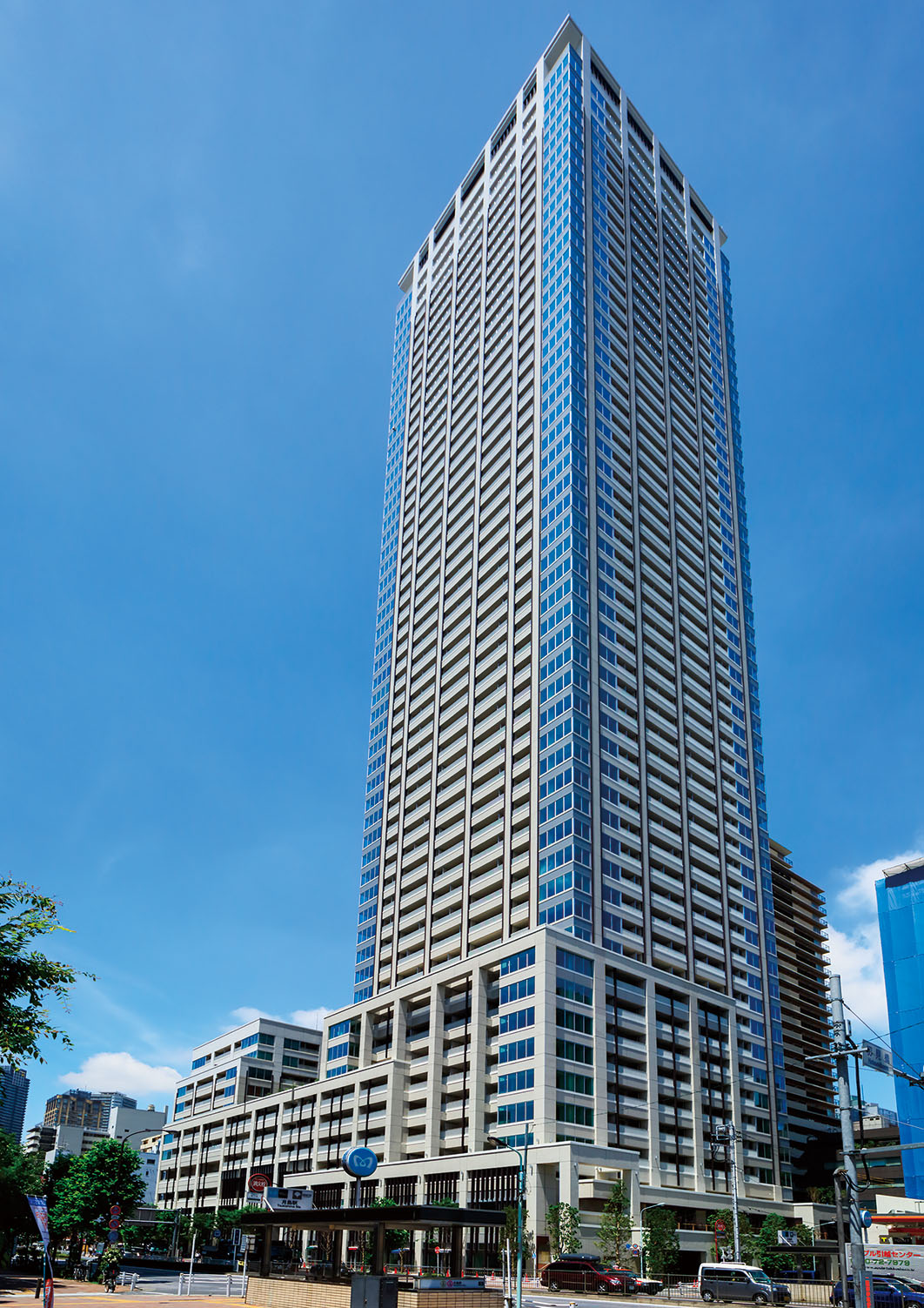
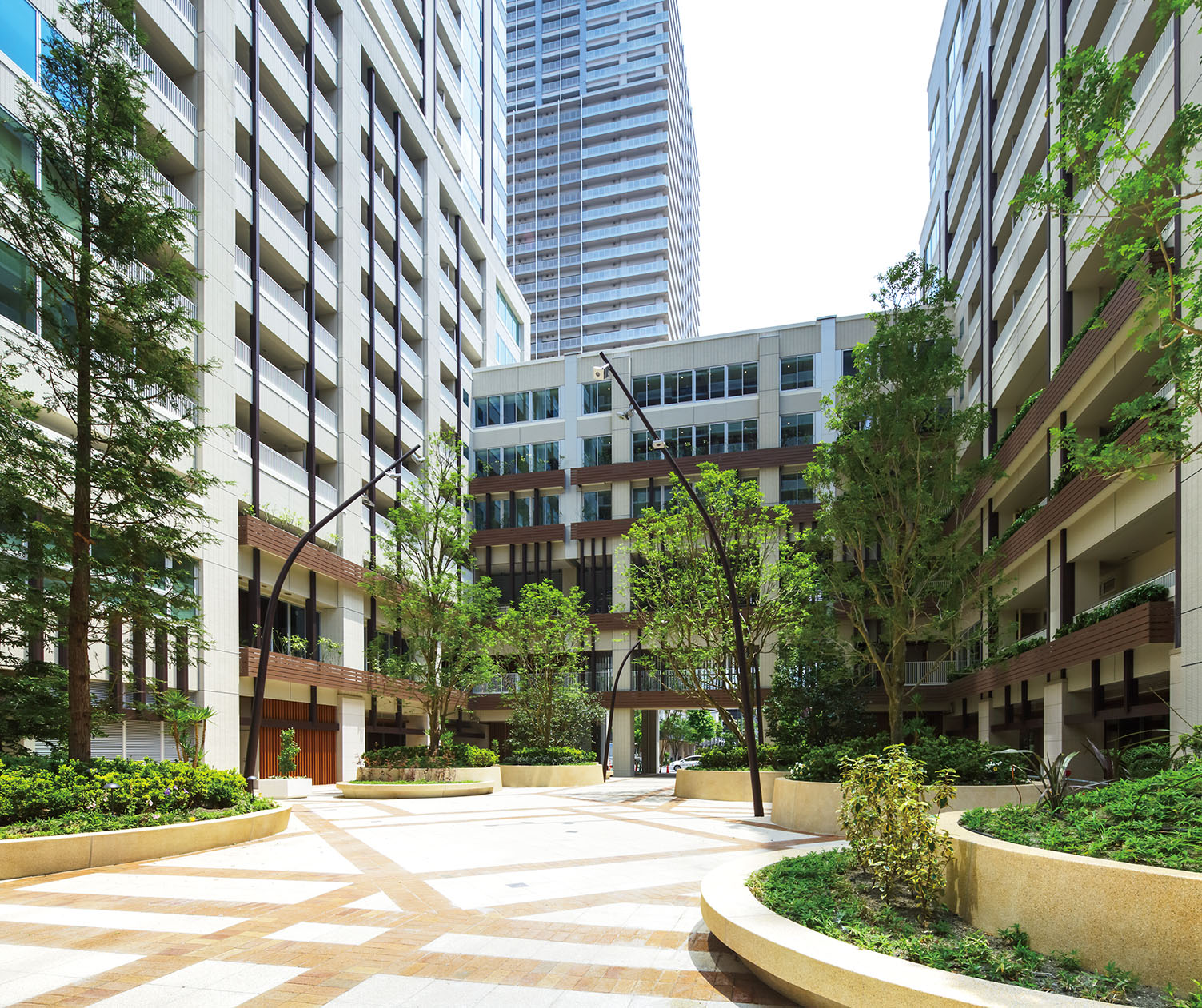
Redevelopment projects in areas with aging communities are a race against time.
Finishing the mid-rise building before overall completion for an early-stage handover.
The site is right above Tsukishima Station, connected to two subway lines. Although it has such a good location, the neighborhood was densely packed with old buildings, including pre-war timber row houses. Close-by emergency evacuation spaces, such as plazas and parks, are few in number; residents themselves had been concerned about the disaster prevention problems in the district for quite some time. As a result, many of them encouraged the idea of the redevelopment project from the start.
Redevelopment projects are said to be based on the balance between three parties: lease owners (cooperative), designers and contractors, and real estate developers (participating members). With the guidance of the project consultants, the rights conversion process—one of the most essential challenges in such projects—was addressed beforehand by interviewing all lease owners about their desired number of floors, orientation, and floor area, with the designers drafting several options. By diligently repeating the reconciling process of their intents with the building drawings, and gaining their consent, the project consultant representative explained how the rights conversion plan advanced at an exceptional speed despite the involvement of over 200 beneficiaries.
“The biggest feature of redevelopment is that so many people are involved that you can only wonder, ‘How on earth are we going to approach this?’ There are people who we most likely would not encounter on other projects, and for them to understand, I chose each word of our discussions carefully to try and reach consensus.” (Yamamoto, Suenaga)
Yamamoto and Suenaga, who designed the facility plan framework, and Tsuyoshi Otani and Yutaka Kato, who worked as designers to create the building’s structure, all unanimously mentioned time constraints: “When doing a redevelopment in an aging area like Tsukishima, family structures, among other things, end up changing if the project drags on, so we considered the best means to deliver the building to the lease owners and residents as fast as we could. There was also a desire to keep management costs low, which led us to decide how many facilities and services to incorporate while finding a good balance with their intentions regarding such matters.”
To hand the building over as fast as we can, the design team suggested a building composition where the 53-story high-rise and the 11-story mid-rise would be bridged by a corridor of the residential communal zone and commercial zone. In August 2013, before the entire development was completed, the mid-rise building was finished, allowing early re-occupancy for those lease owners who wanted it.
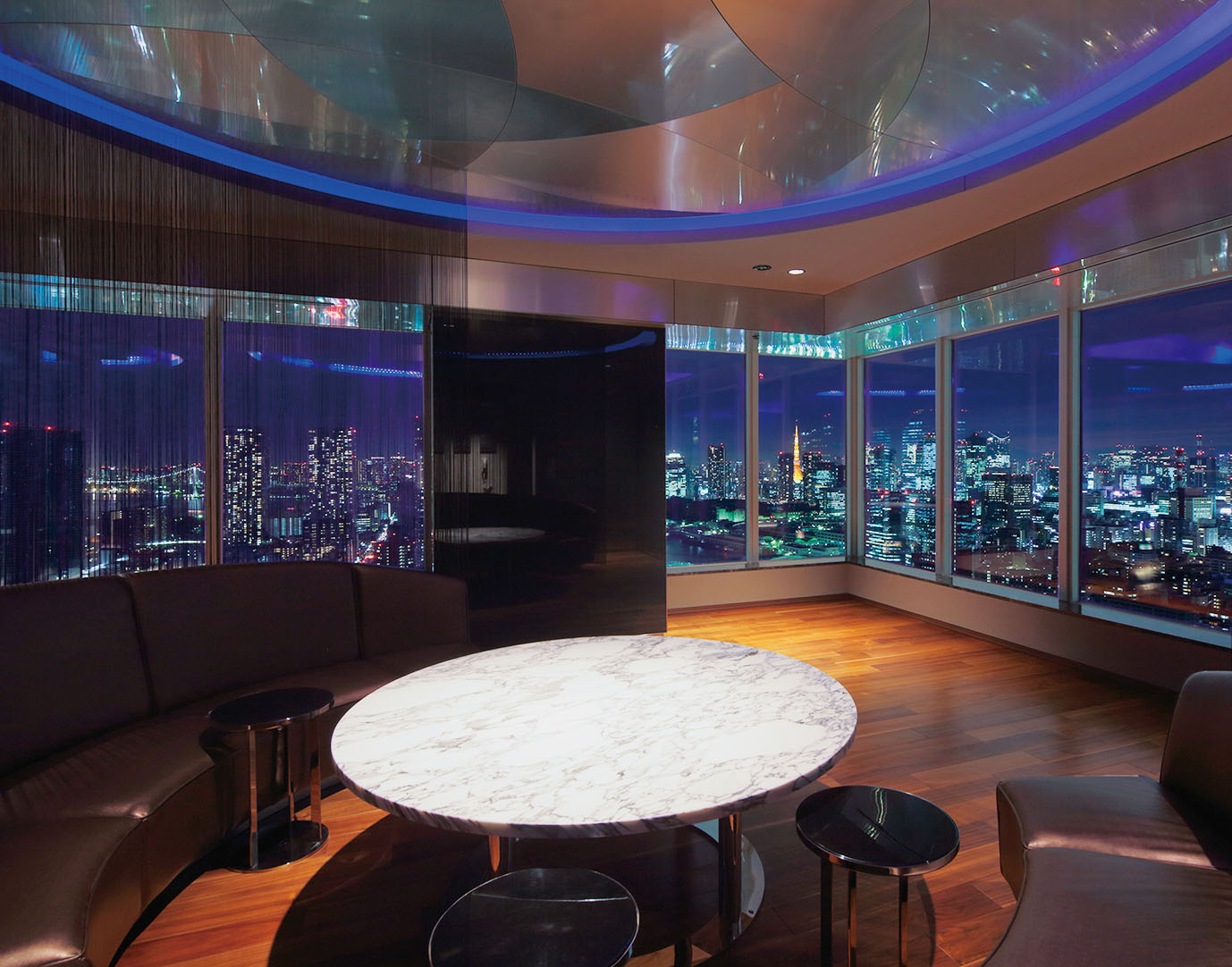
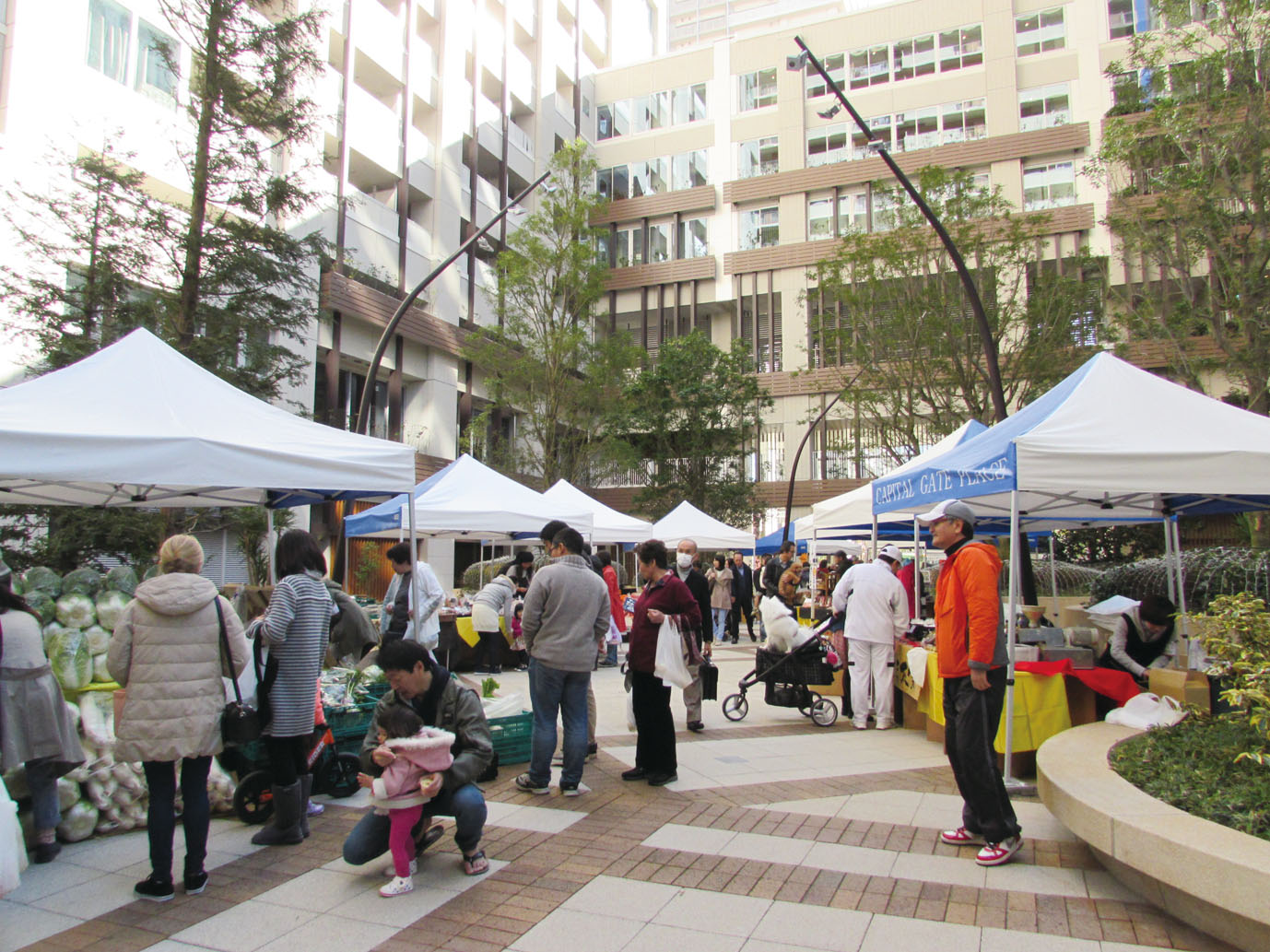
More than anything, residents wanted a place where they could continue to live with peace of mind.
A “new Tsukishima” was shaped by real voices.
“Originally, we proposed a Japanese-style design as we assumed that those who live in a place with charm like Tsukishima would want to protect that character. But hearing the words ‘We wish for a new Tsukishima’ was an eye-opener. Everyone was also on the same page regarding ensuring disaster-resistant housing in preparation for earthquakes, fires, tsunamis, and the like, especially in the wake of the Great East Japan Earthquake,” explains Otani.
Kato, who had previously been involved in the design of multiple high-rise residential blocks, agrees, “Designers are often weak to the image of ‘the good old days,’ but what everyone was looking for is a place where they could continue to live without worries.”
For Otani and Kato, who both had established careers in residential and interior design, this design experience was significantly different from anything they had done before. “For typical apartments, buyers first choose their desired space from pre-arranged standard plans, but for this project, the floor space for the lease owners’ units was tailored to fully make use of their rights, meaning no two compartments ended up being the same. We drafted plans repeatedly within this framework while shifting walls by bare millimeters, so although it was a collective housing project, it felt more like we designed 200 separate houses,” they explain.
Usually, the developer manages sales and customer service, leading to the apartment designer never meeting the end user (the future tenant). However, Otani conveys, “This time, I attended the interviews for the rights conversion process and could personally interact with the actual occupants, gaining knowledge of their family structures. Thus, I could draw plans while envisioning their lifestyles. How would I live there? Integrating everyone’s real-life ideas and practical, tangible views into the drawings was a challenging process, but I believe it was a great experience that took me to the next step.”
Designers who were at the private viewing saw how happy the long-time row-house residents were to obtain sunlit verandas and well-ventilated rooms. This kind of exchange with occupants is likely due to the nature of a redevelopment project.
Kato, who analyzed the building volume, form, height, and plaza location, elaborates, “As represented by the bridge acting as a buffer zone joining the mid- and high-rise zones, we wanted to link Tsukishima not only between buildings, but also building to people, to lifestyles, to the plaza, and to the district. We especially hoped for the plaza to operate as a space for rest. People using Tsukishima Station, who used to meet up underground, now use the plaza above, and the area’s residents regard the space as a kind of patio, so I feel like it works like we wanted it to.”
The urban planners start from nothing to create a large framework. The designers draft the final building plans to the millimeter. Conducted with the approval of all relevant parties, the redevelopment project gave birth to a new Tsukishima worthy of its long and layered history.
